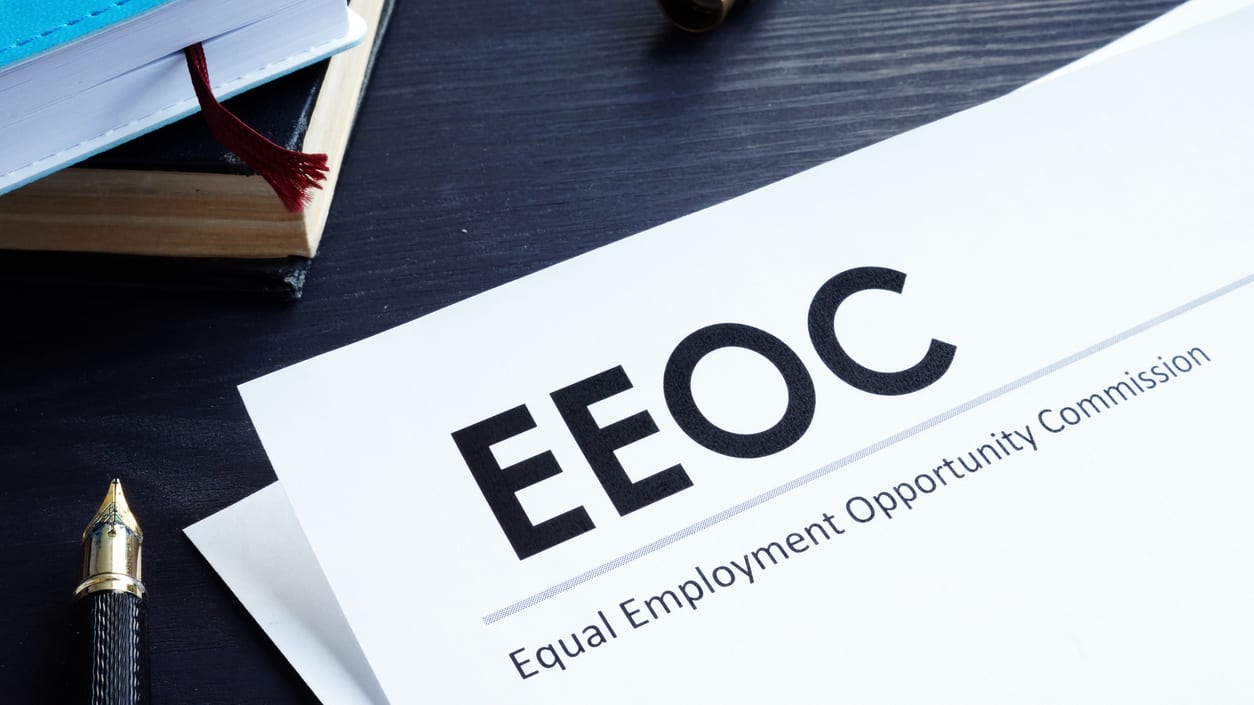In testimony before a House Education and Labor subcommittee on April 27, Equal Employment Opportunity Commission (EEOC) Chair Charlotte Burrows signaled interest in gathering employer pay data annually again. We've gathered articles on the news from SHRM Online and other media outlets.
Pay Information Could Help Agency
A review of the EEOC's previous collection of pay data during the Obama administration found that the information could help the agency, Burrows said. She noted that the EEOC is waiting for the National Academy of Sciences to provide a recommendation on how to use pay data, but that EEOC staff already working on the review "have looked at the pay data and are able to say that it would be very useful to us." Pay discrimination often goes unnoticed without access to such data, Burrows said. A majority vote of the EEOC would be needed to update the EEO-1 form to again call for employers to submit pay data.
Gathering Pay Data Expected
Some experts expect the EEOC or Office of Federal Contract Compliance Programs to require the submission of pay data on an annual basis. For example, Lynn Clements, director of audit and HR services at Berkshire, which is based in Columbia, Md., thinks that during the Biden administration, federal contractors will again have to submit pay data annually. Although pay data had to be submitted at the federal level due to a revision to the EEO-1 form during the Obama administration, the EEOC decided not to renew this change during the Trump administration.
Are You Covered by California's Pay Data Reporting Law?
Private businesses with 100 or more employees—and at least one employee in California—had to file 2021 pay data with the Department of Fair Employment and Housing by April 1.
EEO-1 Data Due to the EEOC by May 17
Although pay data isn't required for now on the EEO-1 form, all private employers that are covered by Title VII of the Civil Rights Act of 1964 and that have 100 or more employees must file EEO-1 Component 1 data on the employer's workforce by job category with the EEOC by May 17. Component 1 data consists of demographic information, such as race, gender and ethnicity.
(Lexology)
Simpler Filing This Year
Filings for the EEOC's 2021 EEO-1 Component 1 data collection should be less complicated than the 2019 and 2020 EEO-1 filings, which posed several obstacles, including a new filing platform, paper-mailed login information, a requirement of filing two years of reports, and the abandonment of the new platform's mergers and acquisitions system deep into last year's filing cycle.




